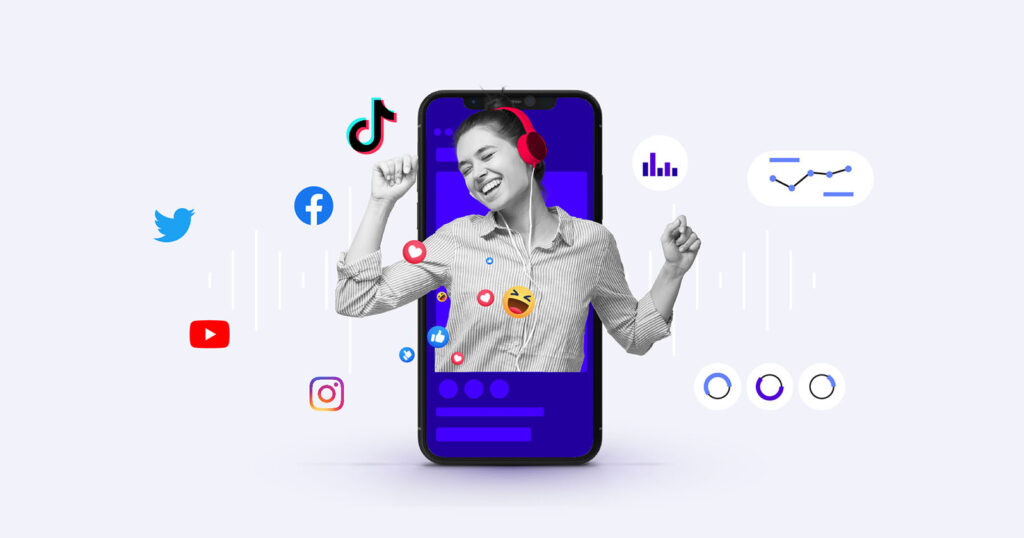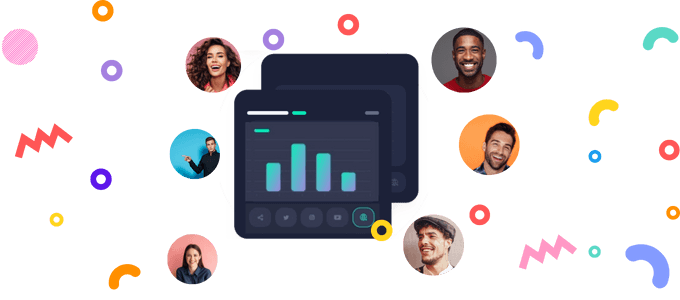In today’s hyper-connected world, understanding and harnessing the power of social media has become paramount for businesses aiming to stay ahead of the curve. One such invaluable tool in the marketer’s arsenal is social listening analysis. By tapping into the vast ocean of conversations happening across various social platforms, businesses can gain invaluable insights into consumer sentiments, industry trends, and competitor strategies.
Introduction to Social Listening Analysis

Social listening, also known as social media monitoring, involves tracking and analyzing online conversations to understand what people are saying about a brand, product, or industry. It goes beyond merely monitoring mentions or hashtags; it delves deep into the nuances of consumer behavior and preferences.
In today’s digital landscape, where social media platforms serve as virtual town squares, social listening has emerged as a powerful tool for businesses to gauge public opinion, identify emerging trends, and shape their marketing strategies accordingly.
Social Listening Analysis Tools
To embark on a successful social listening journey, businesses need the right set of tools and techniques at their disposal. A myriad of social listening tools, such as Brandwatch, AIM Insights, and Mention, offer robust features for monitoring, analyzing, and interpreting social media data.
Moreover, employing advanced techniques such as sentiment analysis, topic modeling, and network analysis can provide deeper insights into consumer behavior and market dynamics.
Understanding Data Collection in Media Listening
At the heart of social listening lies data collection. Social data can be sourced from various platforms, including Twitter, Facebook, Instagram, LinkedIn, and online forums. Leveraging APIs and web scraping techniques, businesses can collect vast amounts of data encompassing conversations, comments, reviews, and mentions.
However, it’s essential to employ sophisticated data collection methods to ensure accuracy, relevance, and compliance with data privacy regulations.
Analyzing and Interpreting Social Listening Data
Once the data is collected, the next step is to analyze and interpret it effectively. Key metrics such as sentiment, volume, reach, and engagement provide valuable insights into consumer sentiments and brand perception.
By employing data visualization techniques such as charts, graphs, and heatmaps, businesses can distill complex data sets into actionable insights, enabling informed decision-making.
Applications of Social Monitoring Analysis
The applications of social listening analytics are diverse and far-reaching. From brand reputation management to market research and competitor analysis, businesses can leverage social listening across various domains to gain a competitive edge.
For instance, social listening can help brands identify emerging trends, anticipate customer needs, and tailor their products and services accordingly. Similarly, by monitoring competitor activities and consumer feedback, businesses can refine their marketing strategies and stay ahead of the curve.
Challenges and Limitations
Despite its myriad benefits, monitoring analysis comes with its fair share of challenges and limitations. Noise and irrelevant data can clutter the analysis, making it challenging to extract meaningful insights. Moreover, language and cultural nuances pose significant hurdles, especially in global markets.
Additionally, ethical considerations surrounding data privacy and consent require careful navigation to ensure compliance with regulatory frameworks.
Best Practices for Effective Social Listening Analysis
To maximize the effectiveness of social listening analysis, businesses should adhere to best practices. Setting clear objectives, choosing the right keywords and topics, and continuous monitoring and evaluation are essential steps in the process.
Moreover, fostering a culture of data-driven decision-making and integrating social listening with other marketing strategies can amplify its impact and relevance.
Case Studies: Successful Implementation of Social Listening Analysis
Numerous brands have successfully leveraged social listening analysis to drive business growth and innovation. For instance, Airbnb utilizes social listening to understand traveler preferences and tailor its offerings accordingly. Similarly, Coca-Cola monitors social media conversations to gauge consumer sentiment and refine its marketing campaigns in real time.
These case studies underscore the transformative power of social listening in shaping brand perception, driving customer engagement, and fostering brand loyalty.
Future Trends
As technology continues to evolve, the future of social listening analysis holds immense promise. Advancements in artificial intelligence and machine learning are poised to revolutionize the field, enabling more sophisticated sentiment analysis, trend prediction, and personalized recommendations.
Moreover, the integration of social listening with other emerging technologies such as augmented reality and virtual reality is set to redefine the way businesses interact with their customers and gather insights.
Conclusion
In conclusion, social listening analysis has emerged as an indispensable tool for businesses seeking to navigate the complexities of the digital landscape. By listening attentively to the pulse of online conversations, businesses can unlock a treasure trove of insights, driving informed decision-making and fostering meaningful connections with their audience.
Embracing social listening is not merely a choice; it’s a strategic imperative for businesses aiming to thrive in an era defined by digital disruption and constant change.
Ready to harness the power of social listening for your business? Request a demo from AIM Technologies today and discover how our advanced tools and expertise can help you gain actionable insights and stay ahead of the competition.
FAQs
What is social listening analysis?
- Social listening analysis involves tracking and analyzing online conversations to understand consumer sentiments, industry trends, and competitor strategies.
What are some popular social listening tools?
- Popular social listening tools include Brandwatch, AIM Insights, Mention, and Sprout Social, among others.
How can businesses benefit from social listening analysis?
- Businesses can leverage social listening analysis to gain insights into consumer preferences, identify emerging trends, and refine their marketing strategies accordingly.
What are the challenges of social listening analysis?
- Challenges include noise and irrelevant data, language and cultural nuances, and privacy and ethical considerations.
What are the future trends in social listening analysis?
- Future trends include advancements in AI and machine learning, integration with emerging technologies, and personalized recommendations.




